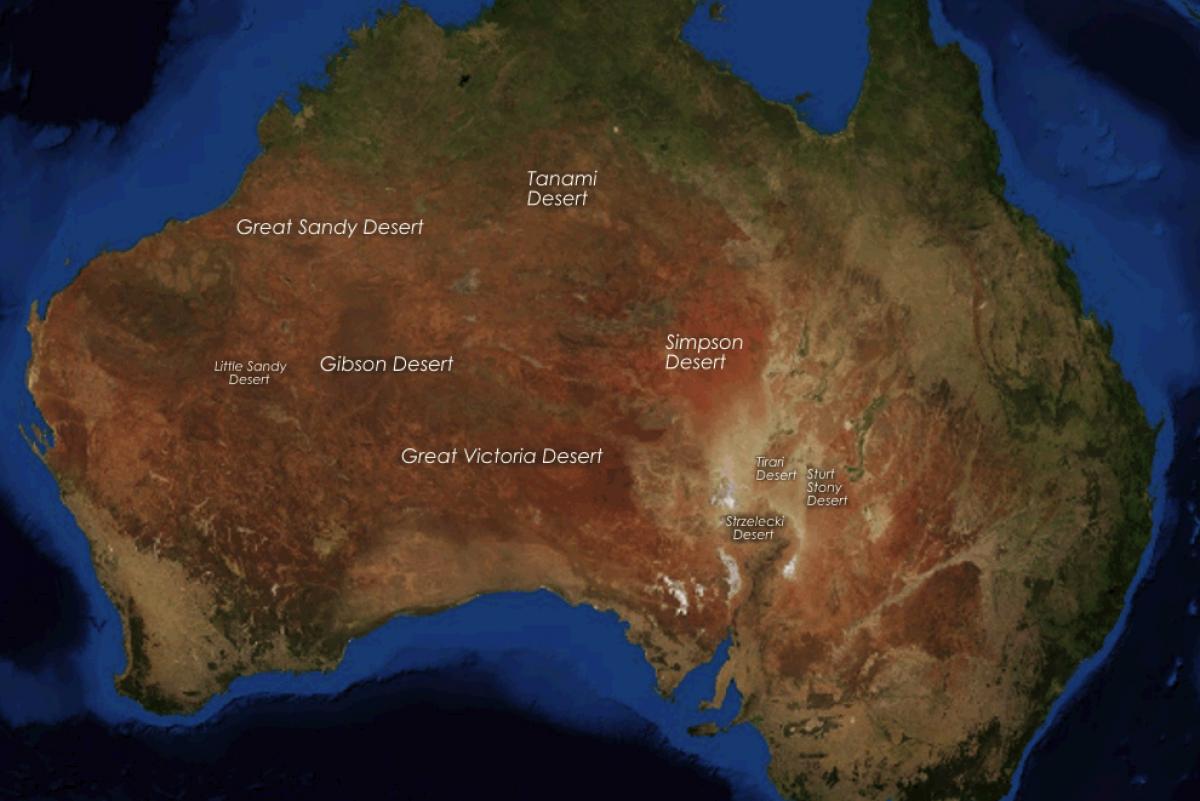Y: Near the beginning of 2020 massive wildfires ravaged Australia. The fires peaked in intensity during December and January. Damage to Australian ecosystems and wildlife was extensive, Don.
D: Bushfires are a natural part of the Australian ecology, Yäel. Don’t many plant and animal species there have adaptations to survive them?
Y: Yes, but these fires were unprecedented in their extent, severity, and timing. By early March, more than seventy-thousand square miles of land had burned—an area the size of Cambodia. Extrapolating from previous smaller fires, environmental scientists estimated that roughly a billion individual mammals, birds, and reptiles were killed. Many that survived the fires themselves lacked food, water, and shelter from predators. Those predators include invasive species brought to Australia by humans, such as cats and foxes.
D: I’m worried. Because Australia is isolated from the other continents, it has evolved many unique species that aren’t found anywhere else. Some of these species were already in danger from human activities.
Y: The fires had a huge impact on endangered species. Between twenty and one hundred threatened species lost most or all of their habitat and their chances of avoiding extinction look slim. Losing one species has devastating ripple effects across entire food chains. Australia’s biodiversity has been permanently impacted.
D: But, isn’t there anything that conservationists can do?
Y: It’s impossible to rebuild a devastated ecosystem from scratch. Increasingly severe drought and extreme heat are the immediate cause of the severity of these fires, and they are an expected consequence of human-caused global climate change. Action is needed against this larger problem.










